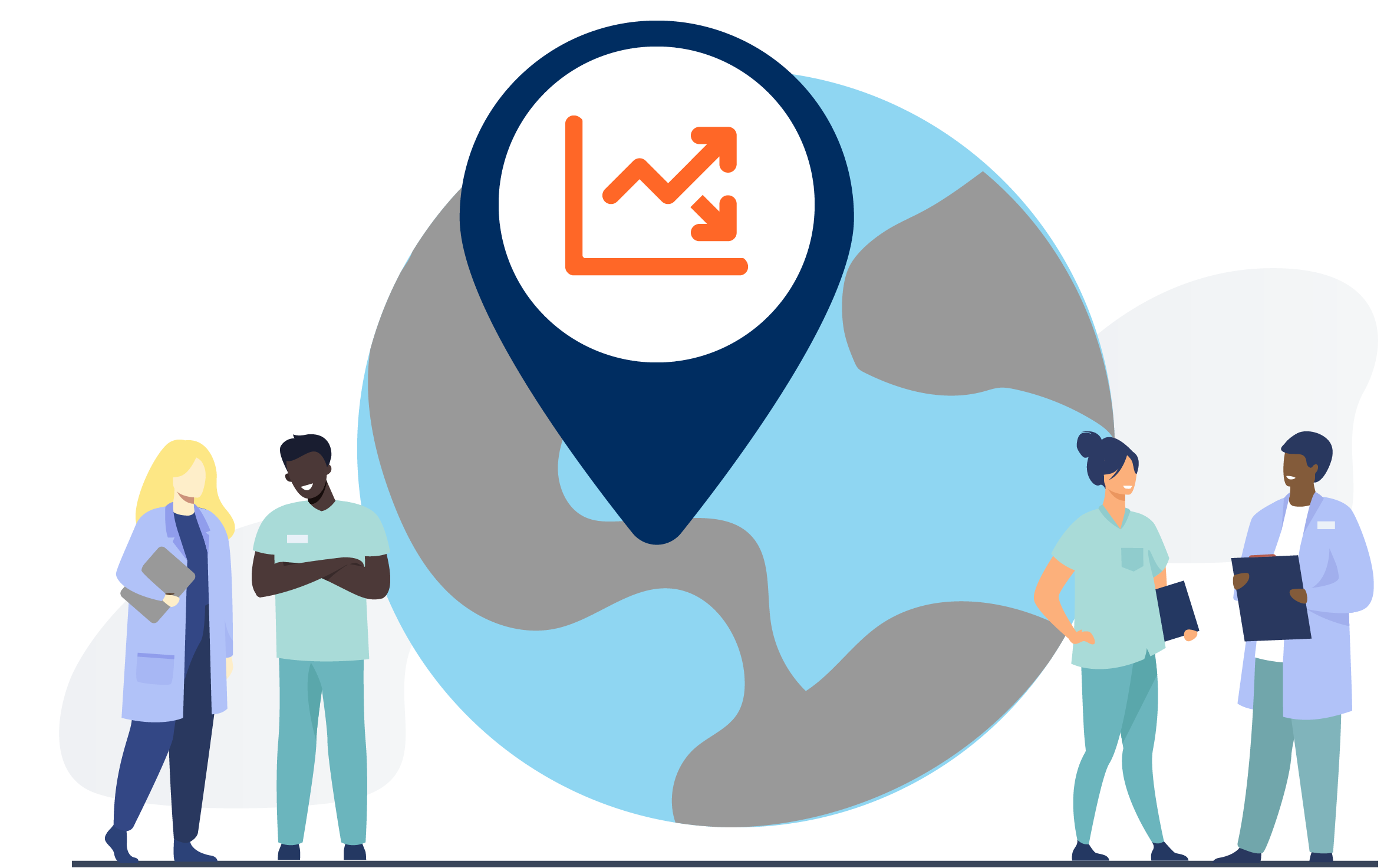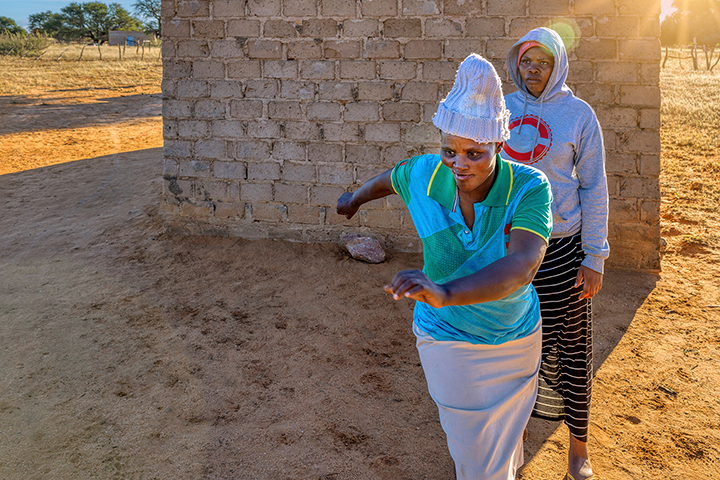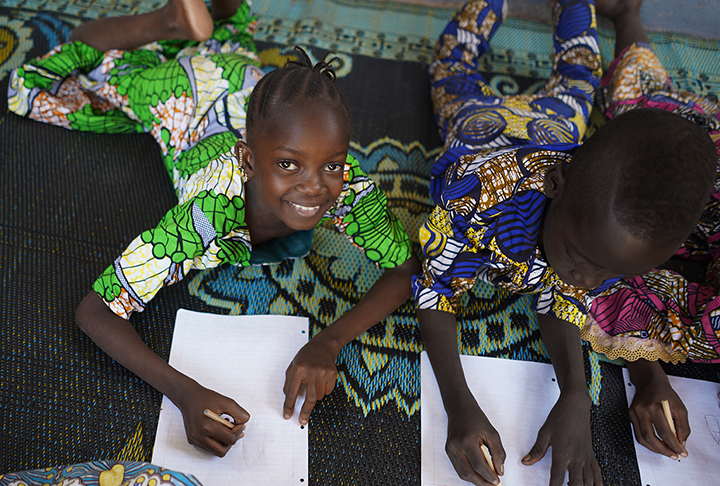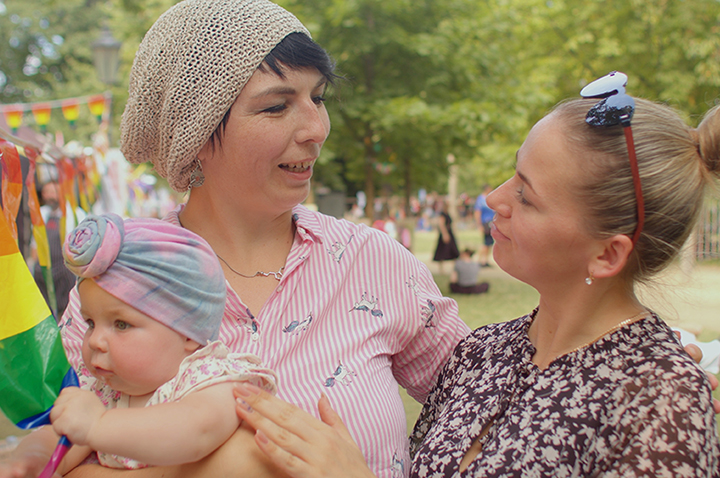Gender analyses can and should take place at every stage of the project cycle. The process should be systematic and all results should be documented to ensure that the program is able to appropriately address the (often complex) gender issues identified.
Sources of data for gender analysis include:
-
- published research studies and other existing quantitative and qualitative data about gender norms in the project context (for example; DHS surveys, journal articles, national surveys on gender-based violence)
- gender-related policies in the project area
- primary data on gender norms and practices related to the project or study focus (for example, data obtained through focus groups and key informant interviews)
At some stages, especially in project design, more rigorous gender analysis may be needed. However, when resources are constrained or when a formal gender analysis has already been conducted earlier in the project or research cycle, conducting a more informal gender analysis using easily accessible information can be useful. This analysis might include published or unpublished studies; quantitative or qualitative data; feedback from study or project participants; or even the experiential knowledge of the staff, target community or other stakeholders.
Analysis to Action Throughout the Program Cycle

Reproductive health programmers should take the opportunity to integrate gender throughout the program cycle, even if a project has already begun.
The results of a gender analysis can and should be used to inform the program at each stage of the program cycle.
Additional information about gender and sexual and reproductive health, including programmatic assistance and more detailed training modules, is available through the IGWG.
It is critical to keep gender in mind in order to design effective programs.
Download A Manual for Integrating Gender Into Reproductive Health and HIV Programs for a more detailed description of this diagram and the steps to effectively integrate a gender perspective into a reproductive health program.
Monitoring and Evaluation for Gender-integrated Health Projects
Measuring the impact of gender integration efforts, both on gender equality and health outcomes, is critical.
At a minimum, SRH program designers should disaggregate project monitoring and evaluation data by sex in order to measure differential effects on women/girls and men/boys.
Incorporating gender considerations into M&E should, however, go much further. Programs and their subprojects can and should be evaluated to measure impact on gender-related outcomes in addition to the health outcomes that are the project’s primary focus. Where possible, the outcomes measured should be linked to program objectives. A number of gender-related measurement scales have been validated and can be adapted and incorporated into project M&E plans. See the Compendium of Gender Scales, for example.
Gender-related activities should also be monitored regularly throughout the project to determine whether they are achieving their objectives. They should then be modified as necessary to ensure successful gender and health outcomes. Gender integration into M&E is also crucial for identifying a program’s unintended negative consequences related to gender.
Examples of gender-related measures:
Did you know?
USAID’s Gender Equality and Female Empowerment Policy includes seven indicators to measure implementation gender integration across USAID-funded projects.
Gender Integration Implementation Indicator Example
- Proportion of females who report increased self efficacy at the conclusion of USG supported training/ programming
- Proportion of target population reporting increased agreement with the concept that males and females should have equal access to social, economic, and political opportunities.
Moving Forward
Gender and sexual and reproductive health are inherently connected and, when addressed together, bring about better health outcomes and more gender equitable societies.
Now that you understand the importance of gender integration and have a framework to conduct a gender analysis, we hope you will apply this knowledge in your daily work to create gender transformative health programming.
These materials were adapted from the Global Health eLearning Center, U.S. Agency for International Development.










